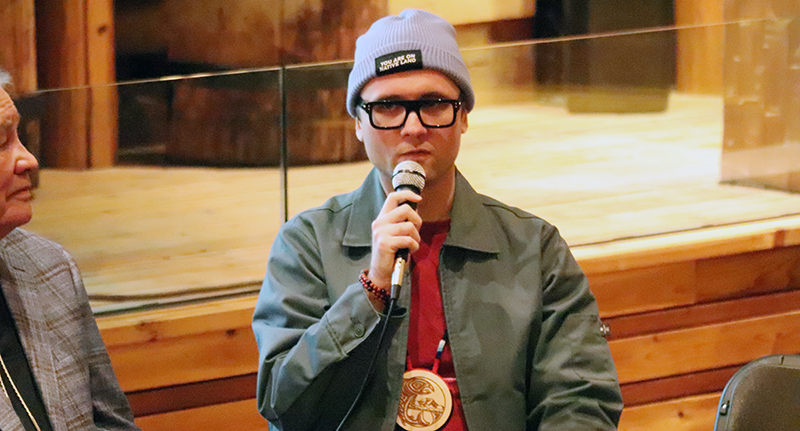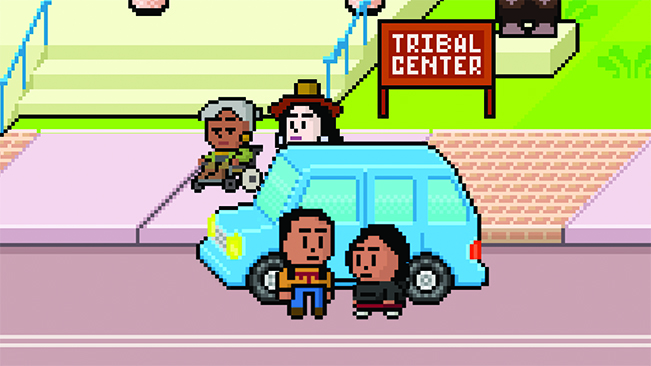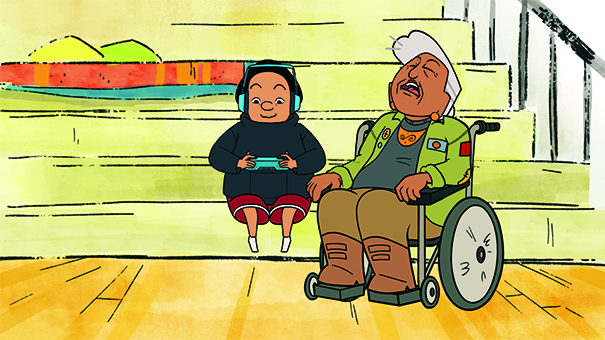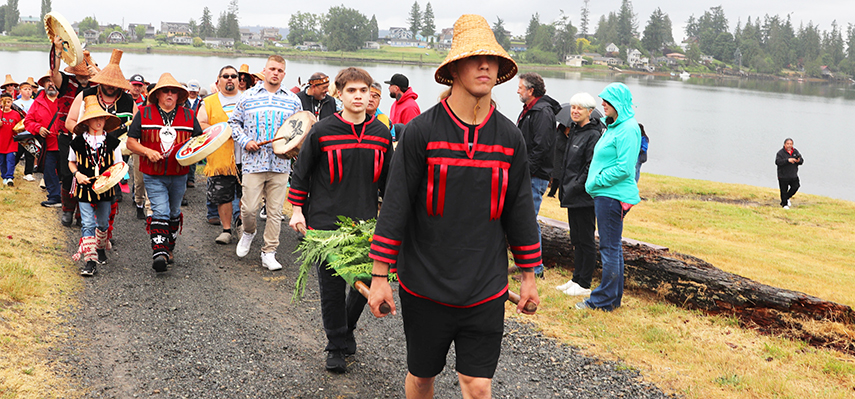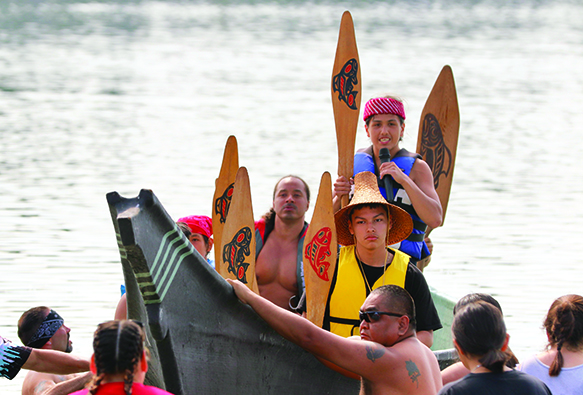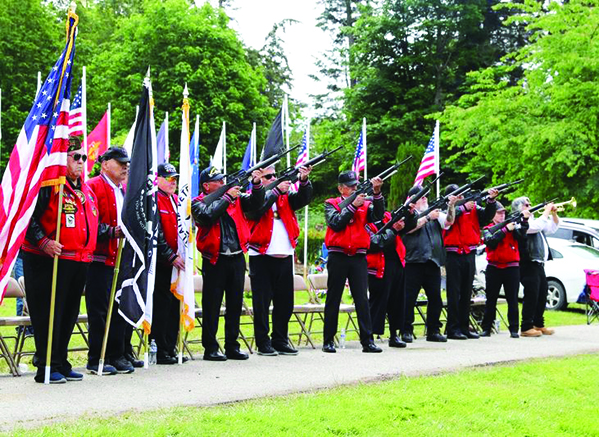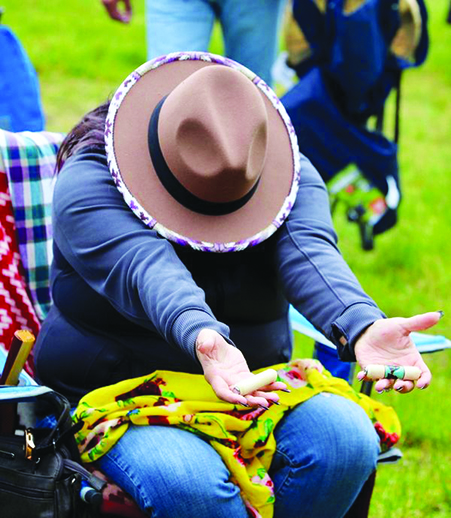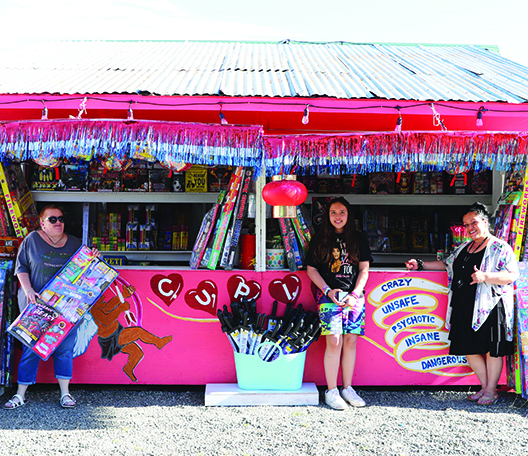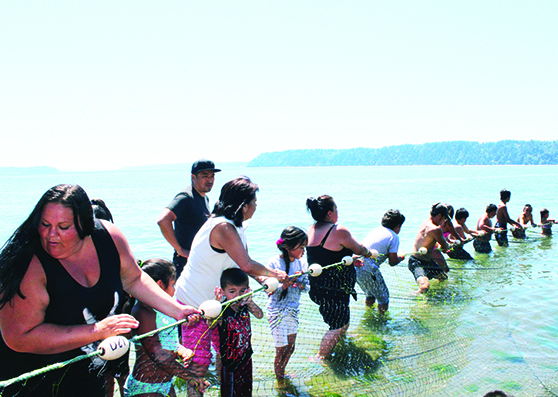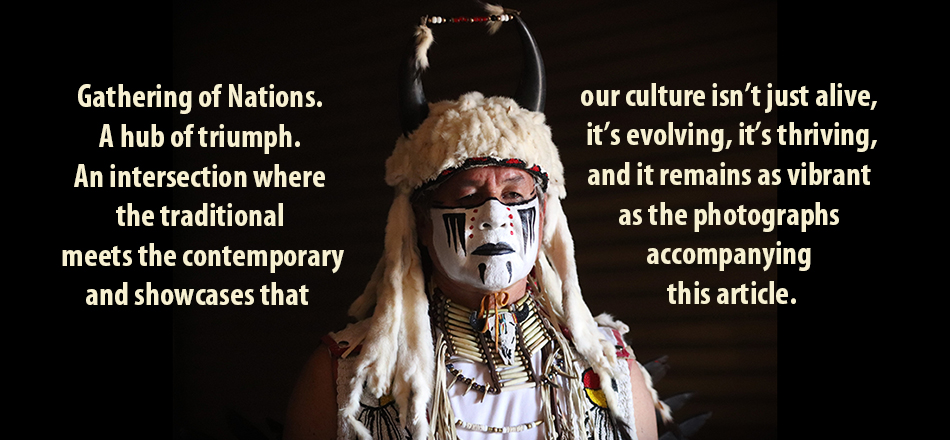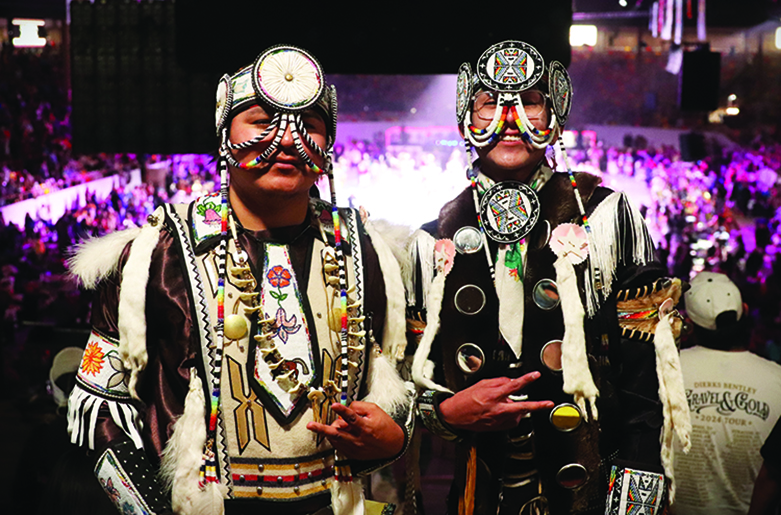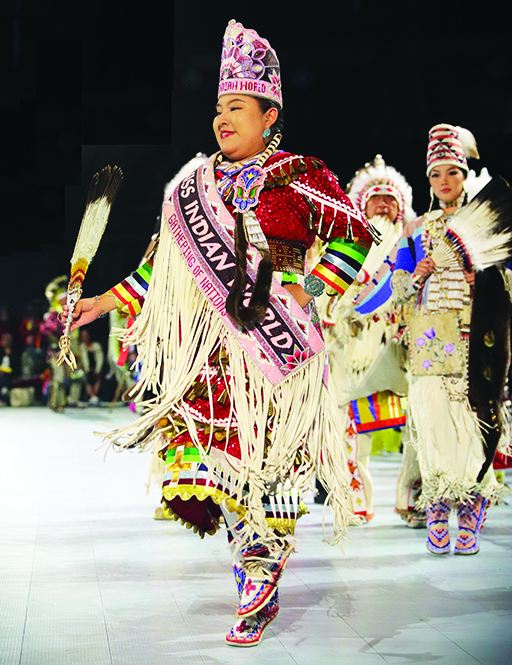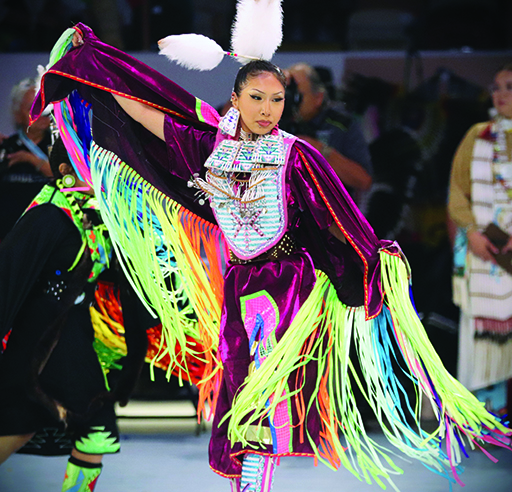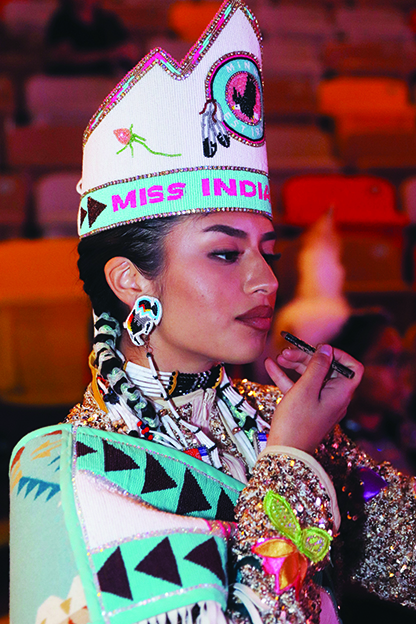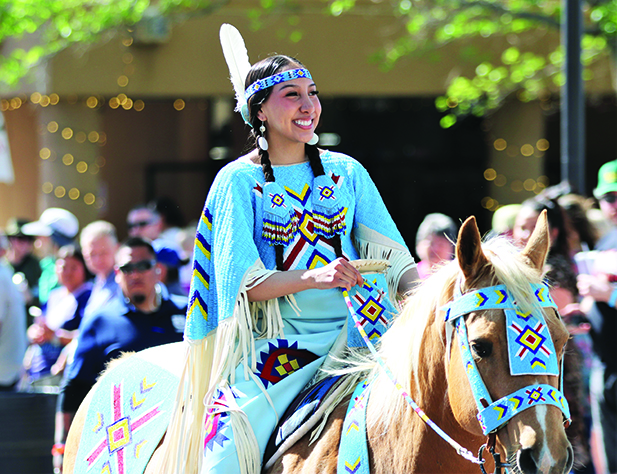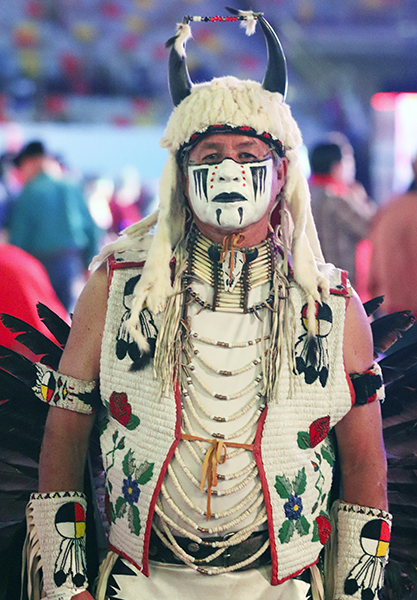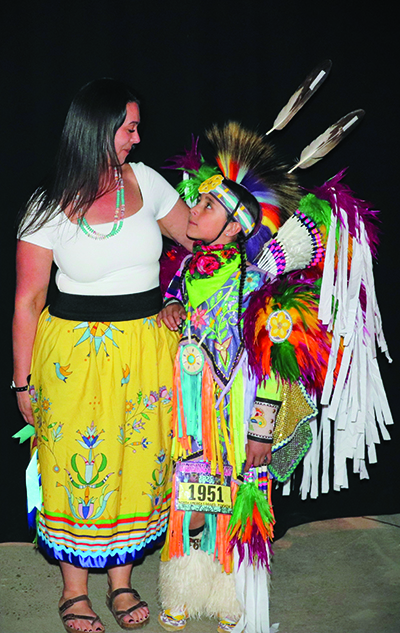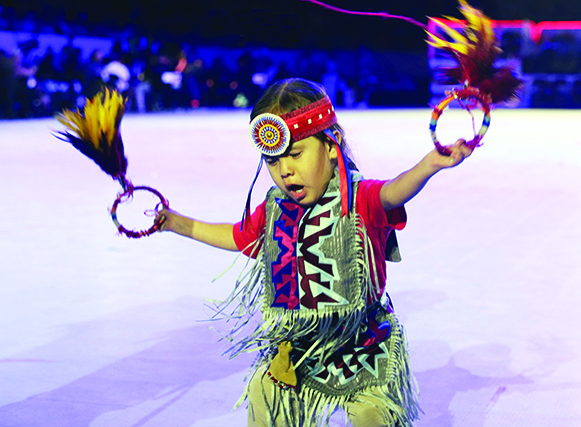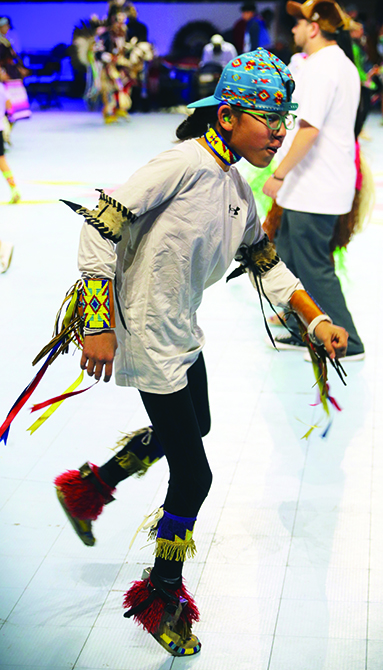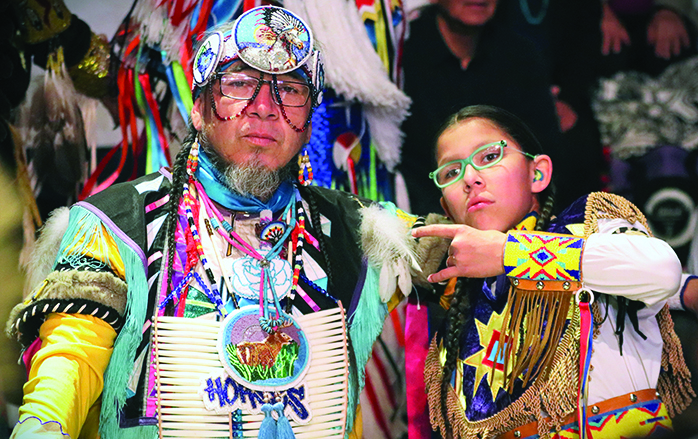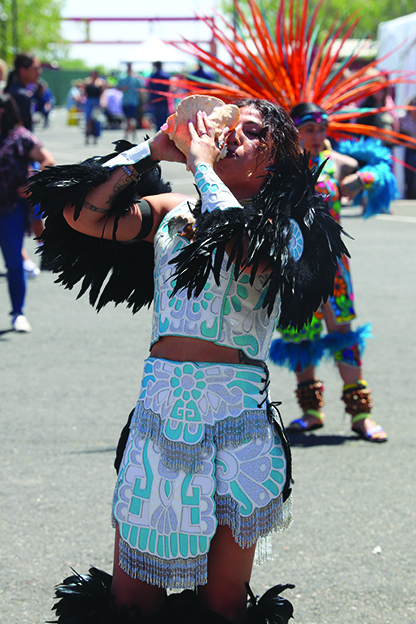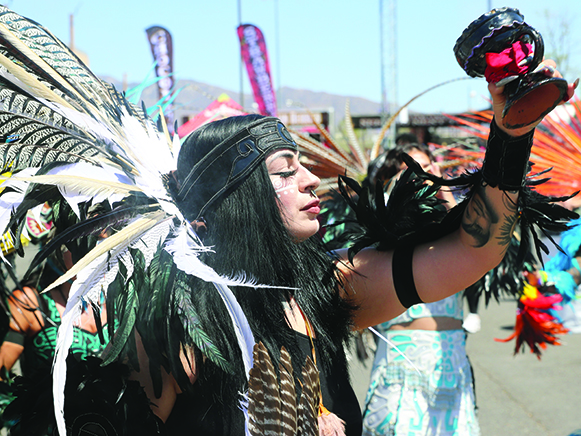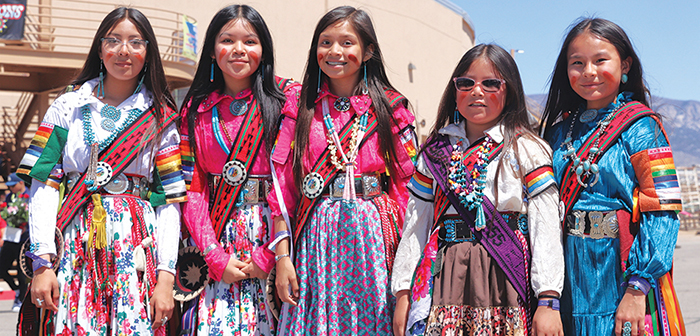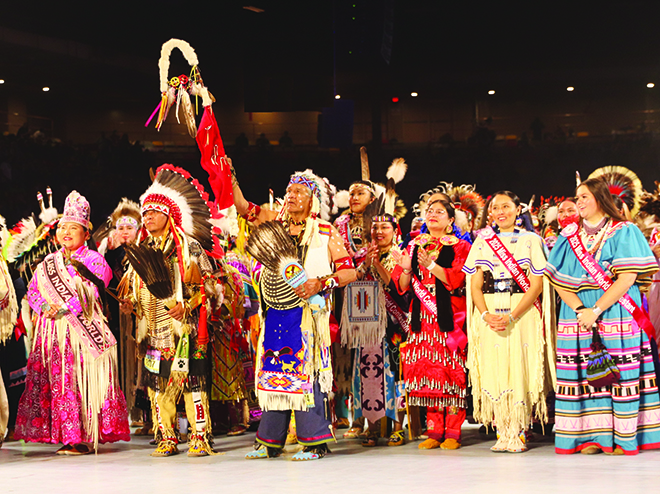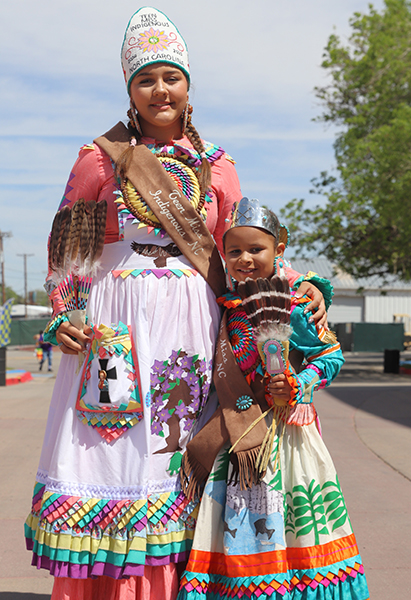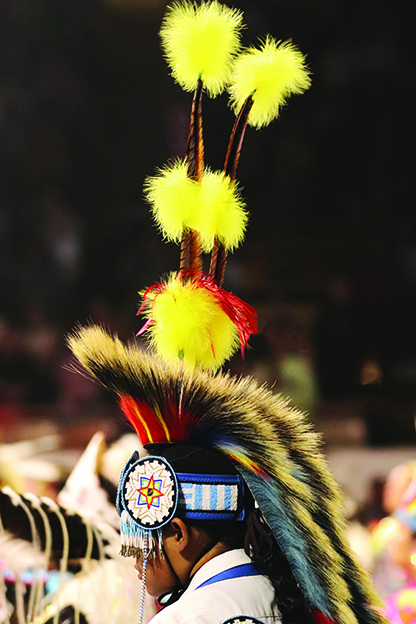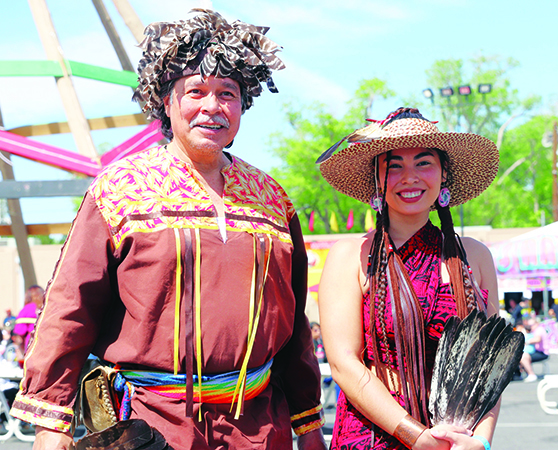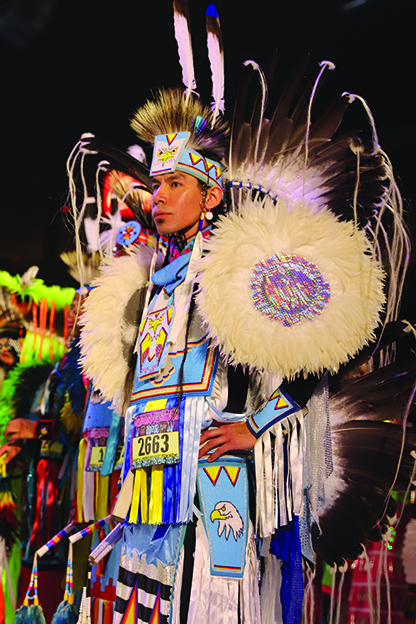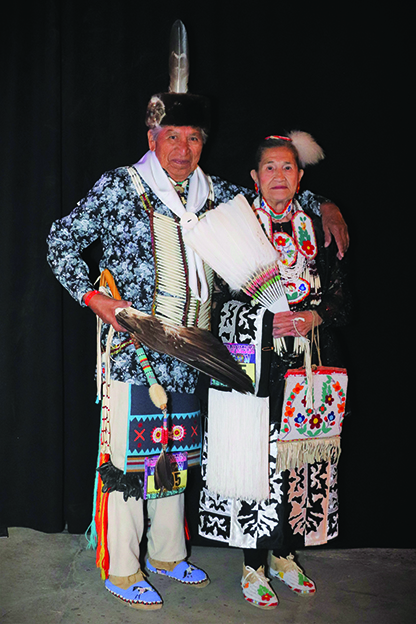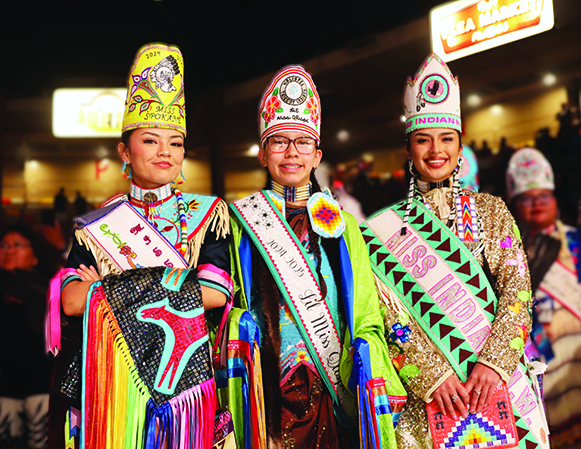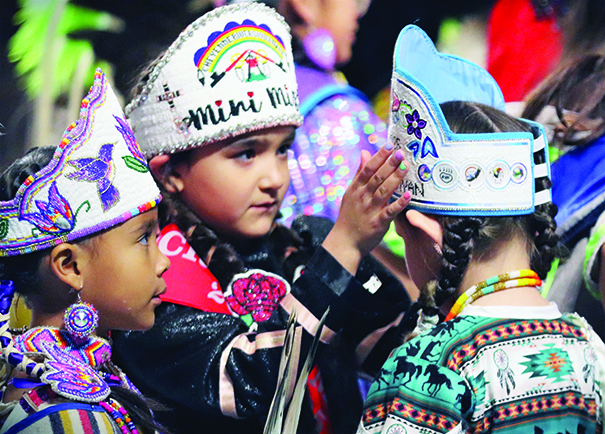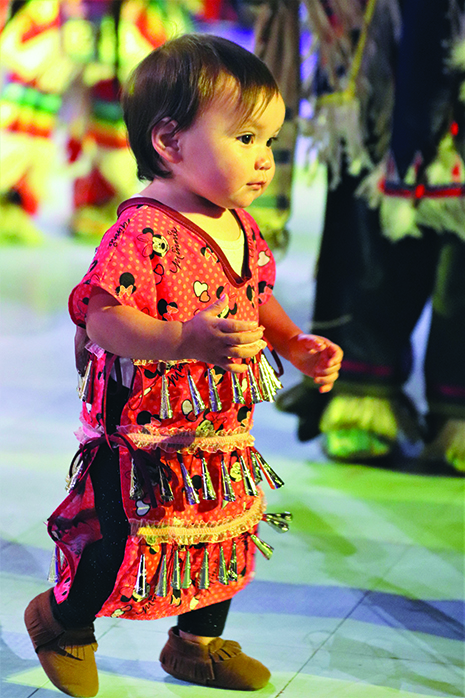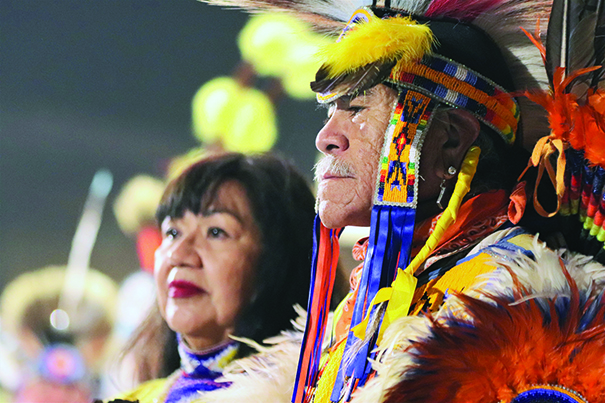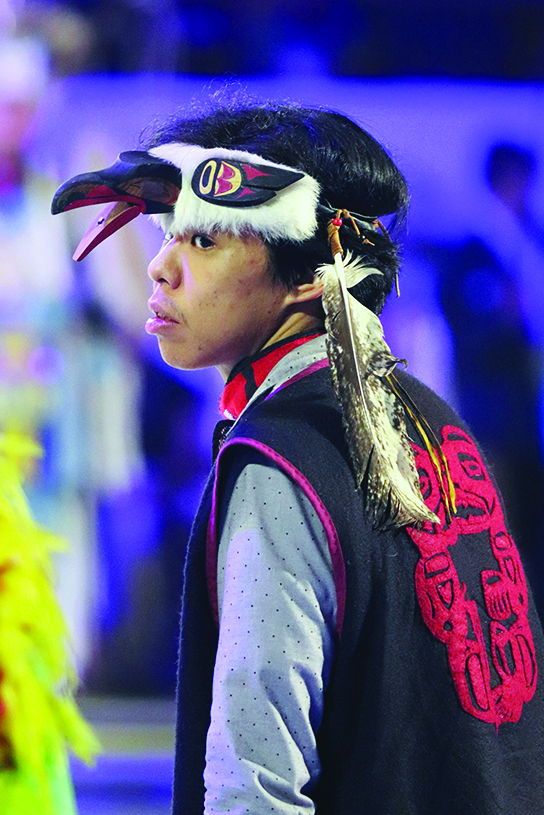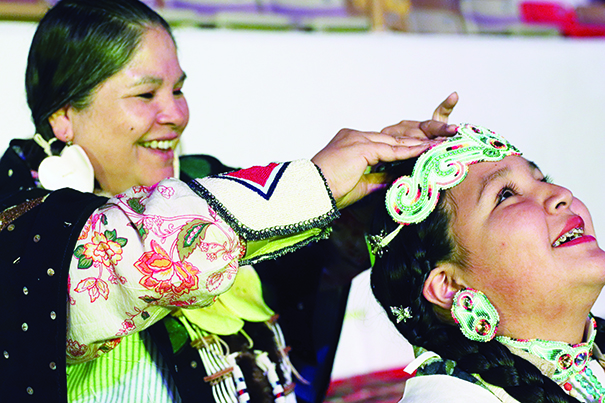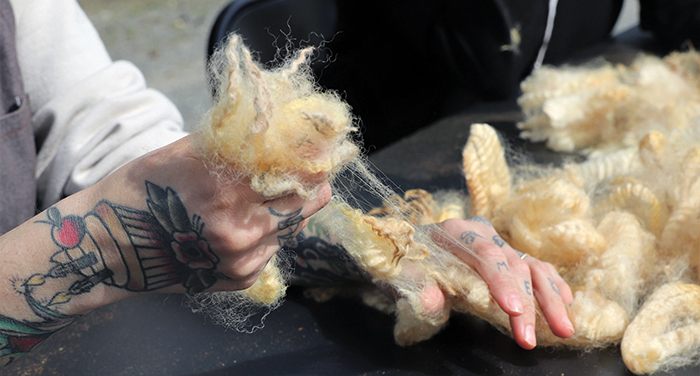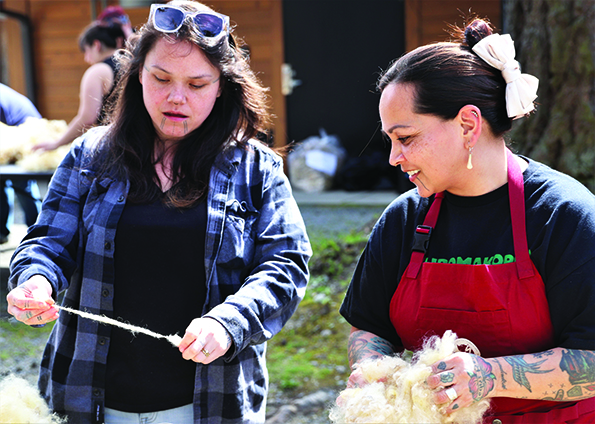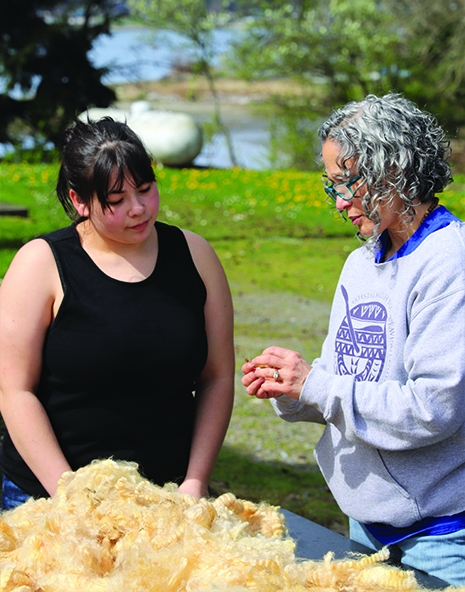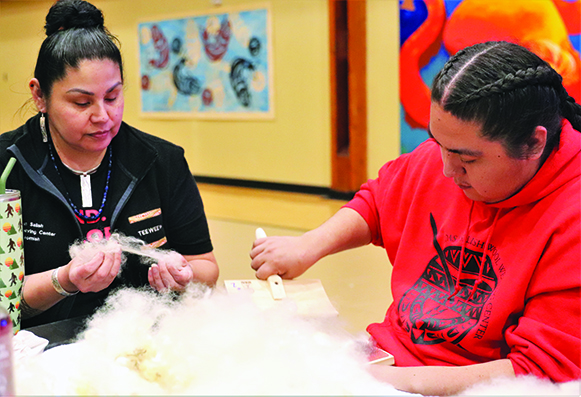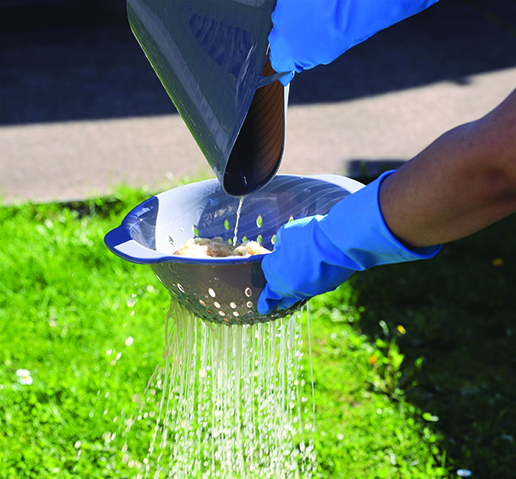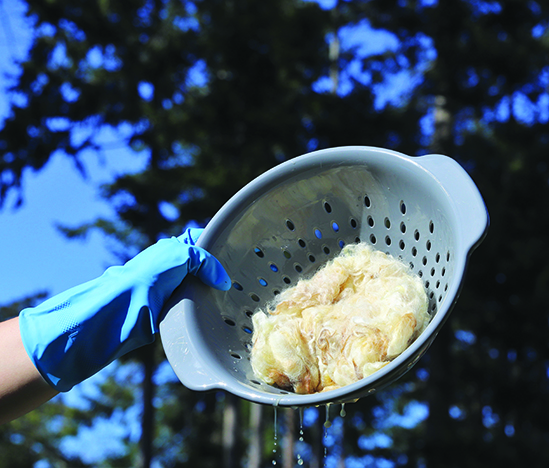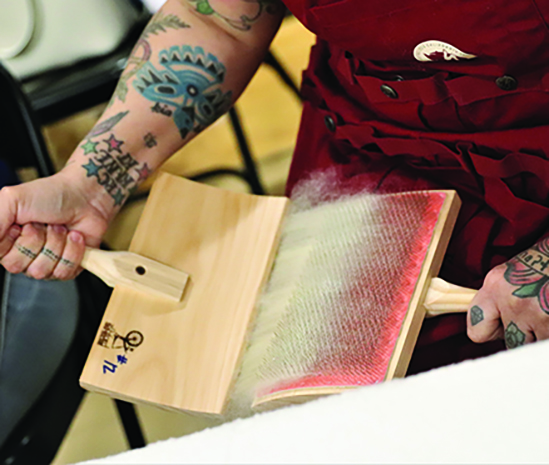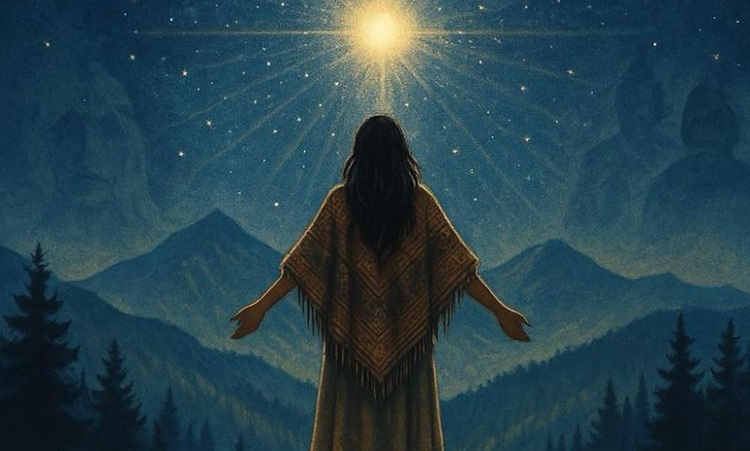
By Kalvin Valdillez, Tulalip News
It’s officially summertime! And it’s time to sit back and unwind with a good book while you catch some rays. With an eventful summer planned at Tulalip, we highly recommend scooping up at least one of these books to check out during your downtime.
This selection is comprised of ten books that range from beautifully written poems, heartbreaking memoirs, romance novels, to thrillers. But no matter the genre, within in the pages of these stories, you will find the authors baring their souls, while sharing their languages and their heritage, as they open up about difficult topics such as generational trauma and navigating today’s colonized society as Native People.
Many of these books were released within the past few weeks, with the exception of the last three, which are set to launch this summer. We have included the book jacket summary for each, so you can get a feel for the story before purchasing. And we are pleased and honored to kick-off this Rez Reads segment with Tulalip’s own, SummerLee Blankenship. Happy reading!
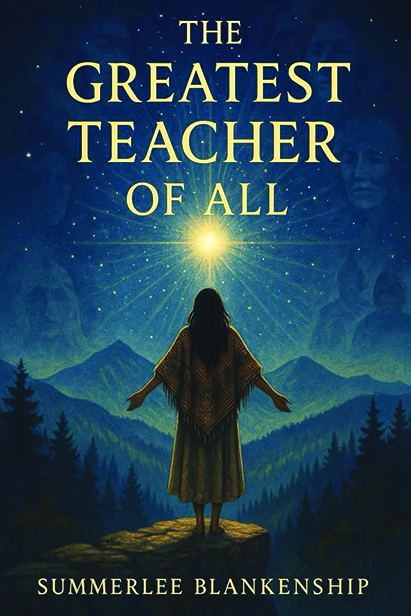
The Greatest Teacher of All by SummerLee Blankenship (Tulalip)
What if your rock bottom was actually the beginning of your rebirth?
In The Greatest Teacher of All, SummerLee Blankenship shares her raw and powerful true story—from addiction, trauma, and deep loss to awakening, healing, and spiritual transformation. As a Native American woman carrying generational pain, she walks the long road home to herself through plant medicine, ceremony, and divine guidance.
This isn’t just a memoir—it’s a testimony of survival, soul reclamation, and the sacred wisdom found in life’s darkest moments. With brutal honesty and poetic grace, SummerLee invites readers into the depths of her journey and shows us that even in our most broken state, we are never beyond redemption.
For anyone who has felt lost, alone, or unloved—this book is your mirror, your medicine, and your reminder that healing is possible.

Blue Corn Tongue: Poems in the Mouth of the Desert by Amber McCray
In a voice that is jubilant, irreverent, sometimes scouring, sometimes heartfelt, and always unmistakably her own, Amber McCrary remaps the deserts of Arizona through the blue corn story of a young Diné woman figuring out love and life with an O’odham man. Reflecting experiences of Indigenous joy, pain, and family, these shapeshifting poems celebrate the love between two Native partners, a love that flourishes alongside the traumas they face in the present and the past. From her ethereal connection with her saguaro muse, Hosh, to the intricate tapestry of her relationships with Diné relatives and her awakening to the complex world of toxic masculinity, McCrary brings together DIY zine aesthetics, life forms of juniper and mountains, and the beauty of Diné Bizaad to tell of the enduring bonds between people and place.
Journeying from the Colorado Plateau to the Sonoran Desert and back again, Blue Corn Tongue invokes the places, plants, and people of Diné Bikéyah and O’odham jeweled in a deeply honest exploration of love, memory, and intimacy confronting the legacy of land violence in these desert homelands

We Can Never Leave by H.E. Edgmon
You can never go home…
Every day, all across the world, inhuman creatures are waking up with no memory of who they are or where they came from–and the Caravan exists to help them. The traveling community is made up of these very creatures and their families who’ve acclimated to this new existence by finding refuge in each other. That is, until the morning five teenage travelers wake to find their community has disappeared overnight.
Those left: a half-human who only just ran back to the Caravan with their tail between their legs, two brothers–one who can’t seem to stay out of trouble and the other who’s never been brave enough to get in it, a venomous girl with blood on her hands and a heart of gold, and the Caravan’s newest addition, a disquieting shadow in the shape of a boy. They’ll have to work together to figure out what happened the night of the disappearance, but each one of the forsaken five is white knuckling their own secrets. And with each truth forced to light, it becomes clear this isn’t really about what happened to their people–it’s about what happened to them.
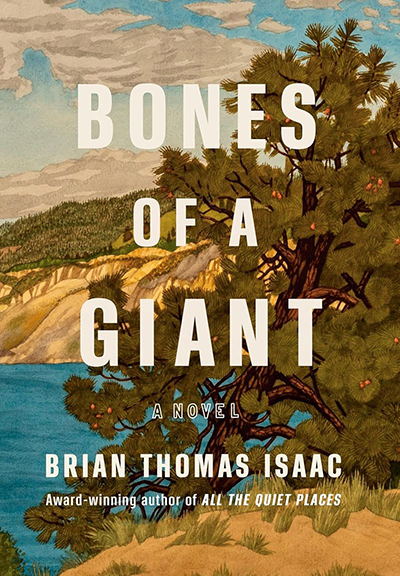
Bones of a Giant by Brian Thomas Isaac
From the award-winning, bestselling author of All the Quiet Places, comes Brian Thomas Isaac’s highly anticipated, haunting and tender return to the Okanagan Indian Reser.ve and a teenager’s struggle to become a man in a world of racism and hardship.
Summer, 1968. For the first time since his big brother, Eddie, disappeared two years earlier—either a runaway or dead by his own hand—sixteen-year-old Lewis Toma has shaken off some of his grief. His mother, Grace, and her friend Isabel have gone south to the United States to pick fruit to earn the cash Grace needs to put a bathroom and running water into the three-room shack they share on the reserve, leaving Lewis to spend the summer with his cousins, his Uncle Ned and his Aunt Jean in the new house they’ve built on their farm along the Salmon River. Their warm family life is almost enough to counter the pressures he feels as a boy trying to become a man in a place where responsible adult men like his uncle are largely absent, broken by residential school and racism. Everywhere he looks, women are left to carry the load, sometimes with kindness, but often with the bitterness, anger and ferocity of his own mother, who kicked Lewis’s lowlife father, Jimmy, to the curb long ago.
Lewis has vowed never to be like his father—but an encounter with a predatory older woman tests him and he suffers the consequences. Worse, his dad is back in town and scheming on how to use the Indian Act to steal the land Lewis and his mom have been living on. And then, at summer’s end, more shocking revelations shake the family, unleashing a deadly force of anger and frustration.
With so many traps laid around him, how will Lewis find a path to a different future?
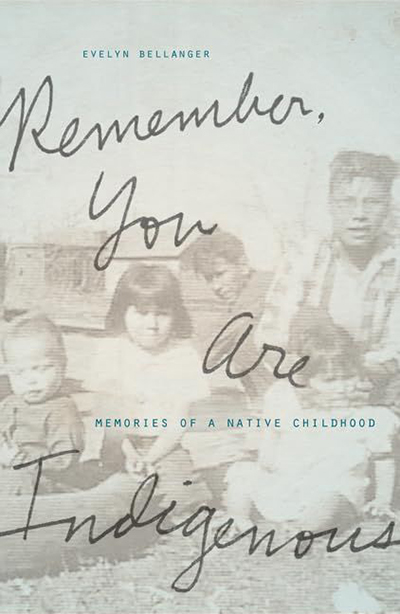
Remember, You Are Indigenous: Memories of a Native Childhood by Evelyn Bellanger
A respected elder shares stories. and insights from growing up on the White Earth Reservation in Minnesota
With unflinching honesty, Evelyn Bellanger tells a vivid account of her childhood in Pine Point, Minnesota, and relates her experiences to the networked histories of marginalization and oppression faced by Indigenous people in the United States. As Bellanger connects her later activist work to her early memories, Remember, You Are Indigenous emphasizes the implications of intergenerational trauma as well as the strength of community.
Grounding her narrative in the pre-colonization history of the Anishinaabeg and the environmental damages wrought by land developers, lumber companies, and the U.S. Army Corps of Engineers, Bellanger invites readers into her family’s history, weaving stories of her mother, father, and grandmother into her own. She pays careful attention to the seasonality of life and the natural world as she remembers harvesting wild rice by canoe with her family, and she observes social inequities while recalling her time at the Minnesota Home School for Girls state juvenile facility.
Through stories tragic and humorous, Evelyn Bellanger’s voice shines. Her impressionistic style offers authenticity and intimacy as she describes the early experiences that have shaped her work as a leader and activist.

Old School Indian: A Novel by Aaron John Curtis
A coming-of-middle-age novel about an Ahkwesáhsne man’s reluctant return home and what it takes to heal.
Abe Jacobs is Kanien’kehá:ka from Ahkwesáhsne , as white people say, a Mohawk Indian from the Saint Regis Tribe. At eighteen, Abe left the reservation where he was raised and never looked back.
Now forty-three, Abe is suffering from a rare disease – one his doctors in Miami believe will kill him. Running from his diagnosis and a failing marriage, Abe returns to the Rez, where he’s persuaded to undergo a healing at the hands of his Great Uncle Budge. But Budge – a wry, recovered alcoholic prone to wearing punk T-shirts – isn’t all that convincing. And Abe’s time off the Rez has made him a thorough skeptic.
To heal, Abe will undertake a revelatory journey, confronting the parts of himself he’s hidden ever since he left home and learning to cultivate hope, even at his darkest hour.
Delivered with crackling wit, Old School Indian is a striking exploration of the power and secrets of family, the capacity for healing and catharsis, and the ripple effects of history and culture.
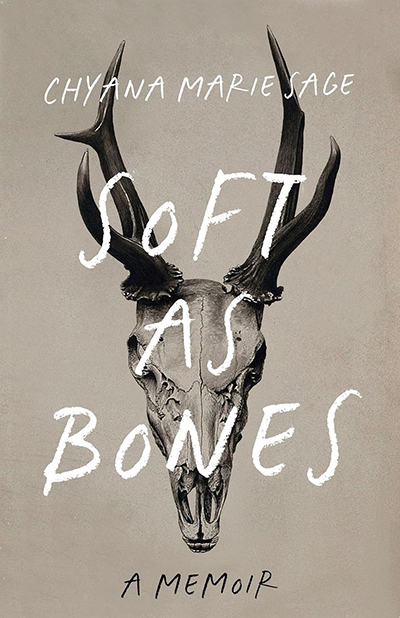
Soft as Bones: A Memoir by Chyana Marie Sage
A poetic memoir as intricately woven as a dreamcatcher about overcoming the pain of generational trauma with the power of traditional healing. In her deeply affecting memoir, Soft as Bones, Chyana Marie Sage shares the pain of growing up with her father: a crack dealer who went to prison for molesting her older sister. She details the shame and guilt she carried for years after her family’s trauma as she went from one dysfunctional relationship to another, from one illegal drug to another. In revisiting her family’s history and weaving in the perspectives of her mother and sisters, Chyana examines the legacy of generational abuse, which began with her father’s father, who was forcibly removed from his family by the residential schools and Sixties Scoops programs.
Yet hers is also a story of hope, as it was the traditions of her people that saved her life. In candid, incisive, and delicate prose, Chyana braids personal narrative with Cree stories and ceremonies, all as a means of healing one small piece of the mosaic that makes up the dark past of colonialism shared by Indigenous people throughout Turtle Island.
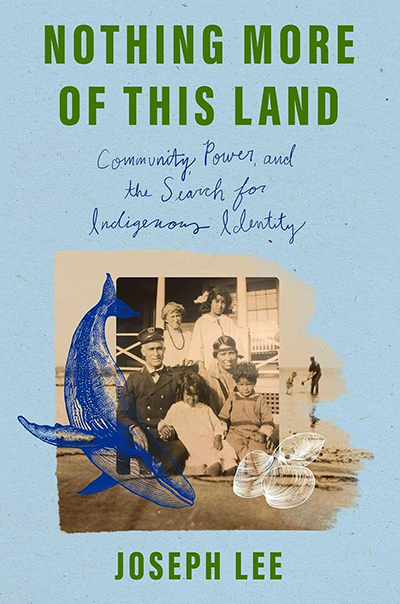
Nothing More of this Land: Community, Power, and the Search for Indigenous Identity by Joseph Lee Release Date: July 15
From award-winning journalist Joseph Lee, a sweeping, personal exploration of Indigenous identity and the challenges facing Indigenous people around the world.
Before Martha’s Vineyard became one of the most iconic vacation destinations in the country, it was home to the Wampanoag people. Today, as tourists flock to the idyllic beaches, the island has become increasingly unaffordable for tribal members, with nearly three-quarters now living off-island. Growing up Aquinnah Wampanoag, journalist Joseph Lee grappled with what this situation meant for his tribe, how the community can continue to grow, and more broadly, what it means to be Indigenous.
In Nothing More of This Land, Lee weaves his own story and that of his family into a panoramic narrative of Indigenous life around the world. He takes us from the beaches of Martha’s Vineyard to the icy Alaskan tundra, the smoky forests of Northern California to the halls of the United Nations, and beyond. Along the way he meets activists fighting to protect their land, families clashing with their own tribal leaders, and communities working to reclaim tradition.
Together, these stories reject stereotypes to show the diversity of Indigenous people today and chart a way past the stubborn legacy of colonialism.

Love is a War Song by Danica Nava
Release Date July 22
A Muscogee pop star and a cowboy who couldn’t be more different come together to strike a deal in this new romantic comedy by Danica Nava, USA Today bestselling author of The Truth According to Ember.
Pop singer Avery Fox has become a national joke after posing scantily clad on the cover of Rolling Stone in a feather warbonnet. What was meant to be a statement of her success as a Native American singer has turned her into a social pariah and dubbed her a fake. With threats coming from every direction and her career at a standstill, she escapes to her estranged grandmother Lottie’s ranch in Oklahoma. Living on the rez is new to Avery—not only does she have to work in the blazing summer heat to earn her keep, but the man who runs Lottie’s horse ranch despises her and wants her gone.
Red Fox Ranch has been home to Lucas Iron Eyes since he was sixteen years old. He has lived by three rules to keep himself out of trouble: 1) preserve the culture, 2) respect the horses, and 3) stick to himself. When he is tasked with picking up Lottie’s granddaughter at the bus station, the last person he expected to see is the Avery Fox. Lucas can’t stand what she represents, but when he’s forced to work with her on the ranch, he can’t get her out of his sight—or his head. He reminds himself to keep to his rules, especially after he finds out the ranch is under threat of being shut down.
It’s clear Avery doesn’t belong here, but they form a tentative truce and make a deal: Avery will help raise funds to save the ranch, and in exchange, Lucas will show her what it really means to be an Indian. It’s purely transactional, absolutely no horsing around…but where’s the fun in that?
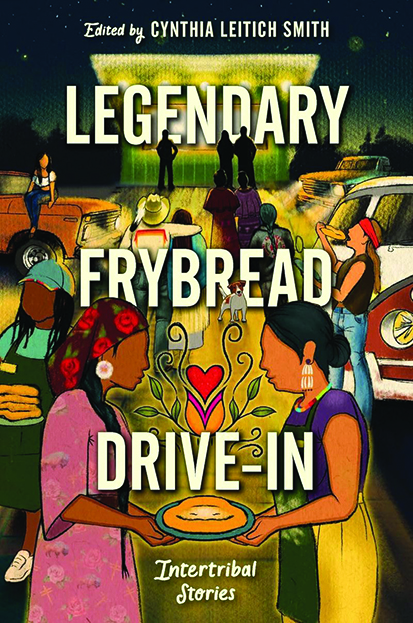
Legendary Frybread Drive-In: InterTribal Stories by Various Authors
Release Date: August 26
Featuring the voices of both new and acclaimed Indigenous writers and edited by bestselling Muscogee author Cynthia Leitich Smith, this collection of interconnected stories serves up laughter, love, Native pride, and the world’s best frybread.
The road to Sandy June’s Legendary Frybread Drive-In slips through every rez and alongside every urban Native hangout. The menu offers a rotating feast, including traditional eats and tasty snacks. But Sandy June’s serves up more than food: it hosts live music, movie nights, unexpected family reunions, love long lost, and love found again.
That big green-and-gold neon sign beckons to teens of every tribal Nation, often when they need it most.
Featuring stories and poems by: Kaua Mahoe Adams, Marcella Bell, Angeline Boulley, K. A. Cobell, A. J. Eversole, Jen Ferguson, Eric Gansworth, Byron Graves, Kate Hart, Christine Hartman Derr, Karina Iceberg, Cheryl Isaacs, Darcie Little Badger, David A. Robertson, Andrea L. Rogers, Cynthia Leitich Smith, and Brian Young.
